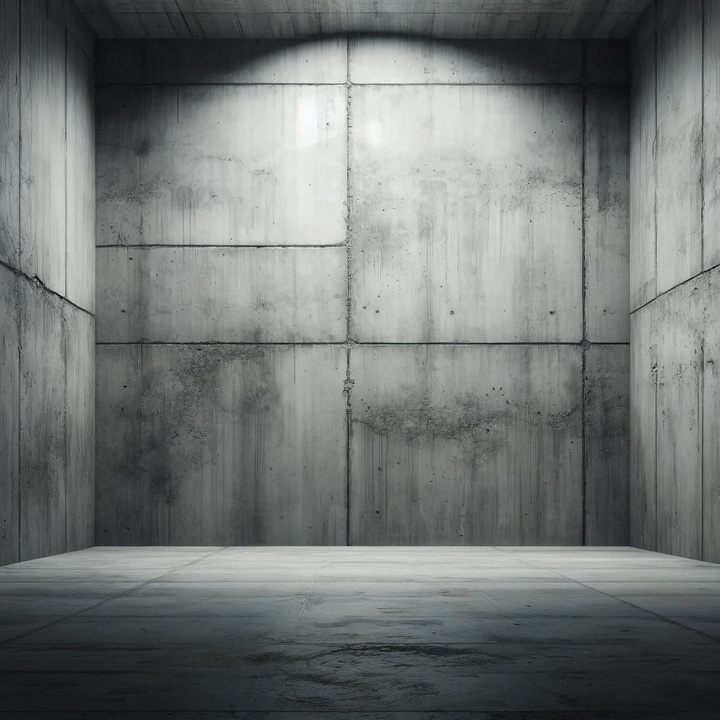3 Types of Wall Cracks and What You Should Do About Them
Wall cracks are not just unsightly; their presence can also be an indication of structural issues in your building. Different types of cracks may mean different things. While some cracks do not indicate serious structural problems, others need to be attended to as quickly as possible to avoid the need for costly repairs.
Knowing what do to about different wall cracks can help you take the necessary steps and protect your home. Here are details about 3 types of wall cracks and what you should do about them.
Vertical cracks
Vertical cracks are crevices that run from the top of the wall to the bottom, or vice versa. These cracks are usually positioned straight down up, or they may be slightly diagonal (about 30 degrees or thereabout relative to the vertical position). In most cases, vertical cracks are nothing to worry about because they occur as a result of minor foundation settlement or normal concrete shrinkage.
However, if vertical cracks expand up to 3 mm or beyond that, they can be an indicator of notable settlement that needs the attention of a foundation repair expert. Wider vertical cracks indicate that the foundation is shifting more.
Diagonal cracks
Diagonal wall cracks indicate a more serious problem compared to vertical cracks. Diagonal cracks run diagonally and can be between 30 degrees and 75 degrees relative to the vertical position. The cracks can be narrow or wide. When narrow, they are referred to as hairline cracks.
Diagonal cracking is caused mainly by uneven settling or shifting of the foundation. When one side of the foundation settles or shifts more than the other, such as in an area that has a slope, a diagonal crack or cracks will appear on the wall. Excessive moisture in the foundation and poor soil can also cause uneven foundation movement and hence diagonal cracking. Since diagonal cracks need more skill and materials to fix, you should notify a qualified technician as soon as you see them. The technician will also help you identify the cause of the cracks and advise you appropriately.
Horizontal cracks
Horizontal cracks indicate very serious damage to your walls, especially the foundation. They are caused by foundation bowing as a result of issues such as excessive hydrostatic pressure from the soil that surrounds the foundation, large roots, and thermal movement.
Fixing horizontal cracks is more difficult and requires more resources. Therefore, you should call a specialist as soon as you spot horizontal cracking or realize that your wall is bowing.
Distribution Links +
- https://smb.americustimesrecorder.com
- https://smb.atmoreadvance.com
- https://smb.amnews.com
- https://smb.austindailyherald.com
- https://smb.americanpress.com
- https://smb.dailyleader.com
- https://smb.oxfordeagle.com
- https://smb.vicksburgpost.com
- https://smb.bluegrasslive.com
- https://smb.claiborneprogress.net
- https://smb.clantonadvertiser.com
- https://smb.brewtonstandard.com
- https://smb.demopolistimes.com
- https://smb.elizabethton.com
- https://smb.greenvilleadvocate.com
- https://smb.jessaminejournal.com
- https://smb.kenbridgevictoriadispatch.com
- https://smb.leaderpub.com
- https://smb.luvernejournal.com
- https://smb.selmatimesjournal.com
- https://smb.thesnaponline.com
- https://smb.troymessenger.com
- https://smb.windsorweekly.com
- https://smb.clemmonscourier.net
- https://smb.gatescountyindex.com
- https://smb.harlandaily.com
- https://smb.irontontribune.com
- https://smb.ourdavie.com
- https://smb.state-journal.com
- https://smb.thecharlottegazette.com
- https://smb.thecoastlandtimes.com
- https://smb.theinteriorjournal.com
- https://smb.thetidewaternews.com










